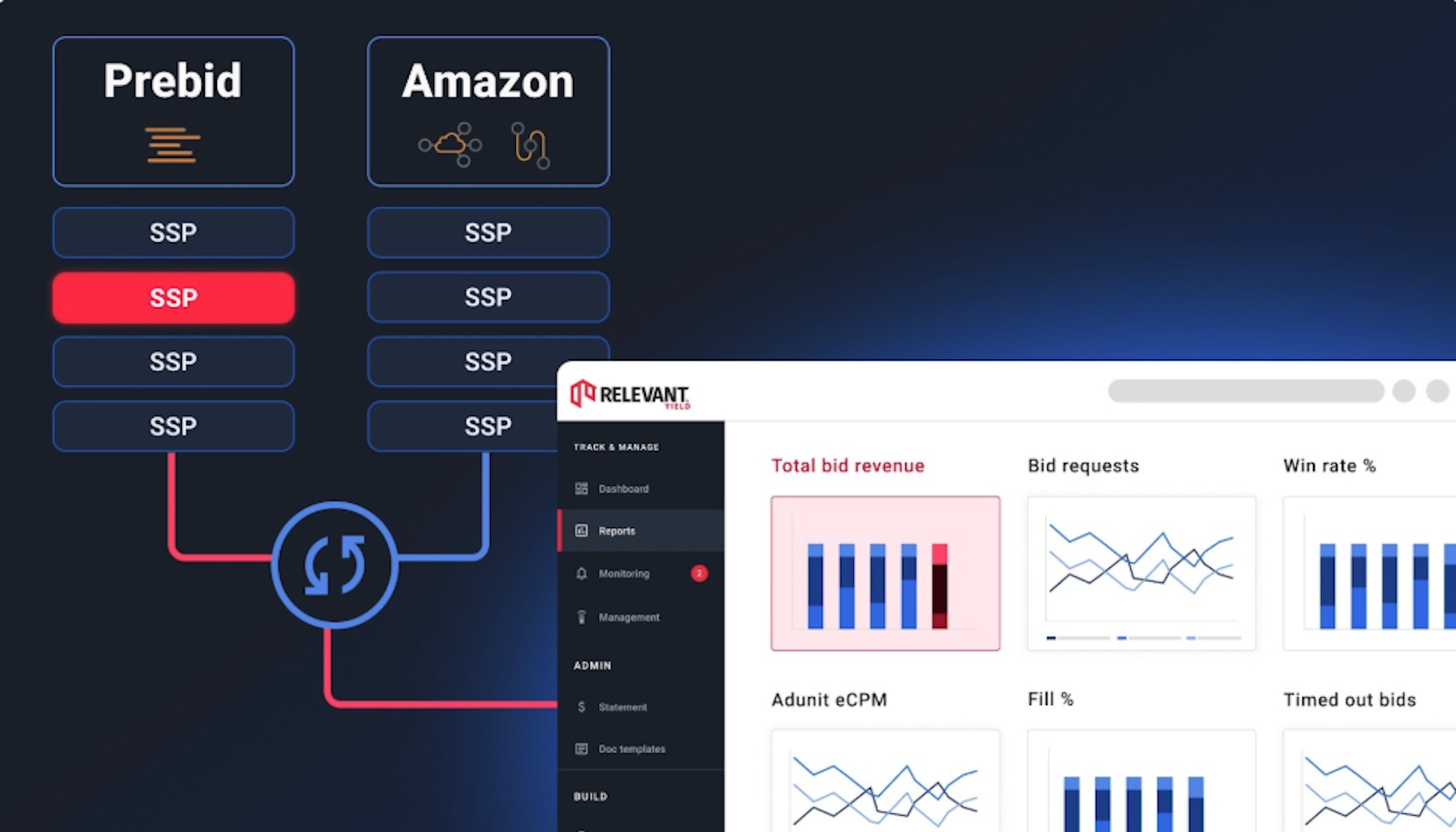
Today, almost everyone in ad sales uses some form of analytics to track performance and understand the bid landscape, whether in real-time or with daily updates.
Without analytics, making optimisation decisions becomes nothing more than guesswork. It’s like deciding to stay home on a cloudy day, guessing it will rain—if you’re wrong, you miss out on a nice day outside.
However, the stakes in digital advertising are much higher. A wrong decision could mean a significant loss of revenue, wasted human resources, and a poor user experience that drives visitors away. One wrong move can snowball quickly, impacting your product and business.
By now, it’s clear that having comprehensive, ideally real-time, header bidding analytics is crucial for Sellers to understand performance. Tracking the right metrics can significantly impact your profitability. It’s not just about having data but about making sense of it in financial terms. But what about Google Ad Manager (GAM) analytics? Are you using that data effectively? Have you integrated it with your header bidding analytics to gain a unified view of your ad performance?
The Difference Between GAM and Header Bidding Analytics
GAM analytics and header bidding analytics serve different purposes in ad performance tracking.
GAM analytics focuses on the performance of direct and programmatic deals managed through its ad server, providing insights into impressions, clicks, fill rates, and CPMs for campaigns running within the GAM ecosystem.
In contrast, header bidding analytics provide real-time data on auctions conducted outside the ad server, including bidder participation, bid rates, timeouts, and winning bids across multiple demand partners. For instance, Prebid's Analytics module can collect this data directly from SSPs within its ecosystem.
While GAM provides a centralised view of campaigns within its platform, header bidding analytics capture a broader, more dynamic view of real-time bidding activity on the page/app. Therefore, integrating both is essential for Sellers to understand their ad inventory’s performance.
The Problem with Separate Analytics for GAM and Header Bidding
Many publishers rely on GAM to manage their ad inventory and track performance. However, GAM analytics are often separate from header bidding analytics, which can lead to several issues:
- Data Discrepancies: When GAM and header bidding data are not in the same place, getting a clear and consistent view of how ads perform becomes hard. Metrics may differ between platforms, so understanding which numbers are accurate is challenging.
- Slower Optimisation: Switching between multiple dashboards to compare GAM and header bidding performance is time-consuming and inefficient. This slows down decision-making and prevents Sellers from quickly optimising their setups.
- Missed Revenue Opportunities: Without integrated analytics, Sellers may not see the whole picture and miss chances to improve auction strategies or adjust settings that could increase revenue.
- Complex Troubleshooting: When discrepancies or issues arise, having separate data sources complicates identifying and solving problems, leading to lost time and potential revenue. Imagine having automatic and custom alarms to ping you whenever there’s an abnormality—less risk and less work!
How to Combine & Compare GAM and Header Bidding Analytics
To overcome these challenges, Sellers should aim to integrate GAM analytics with their header bidding data. Here are the best two ways to do this:
- Build Custom Integrations: For those with the technical resources, creating a custom integration using APIs from GAM and header bidding platforms can be effective. This involves pulling data from both sources into a unified data warehouse or analytics tool, allowing for tailored reports and deeper insights.
If you have a bespoke development team, this is a great choice as you build a tool that best fits your needs. API integrations could be a pain in the neck sometimes, though. Look at this Quora post! It's a good thing you have developers take care of it for you, right? 😉 - Adopt Third-Party Analytics Platforms, like Relevant Yield’s HB Analytics: If you don’t have unlimited engineering resources, consider hiring ad tech vendors for help.
Platforms like Relevant Yield are designed to bring together data from various ad servers and header bidding solutions. These tools often provide pre-built connectors and dashboards, simplifying the integration process.
Besides Prebid, our HB Analytics can get Amazon analytics. That means, in one dashboard, Sellers can get real-time analytics from GAM, Prebid, and Amazon, which brings a holistic overview for effective optimisation and debugging.
Conclusion
Keeping everything in one place is always the easiest and most efficient way. Just like you wouldn’t keep clothes in different closets around the house, why split your data into different silos?
Bringing GAM and header bidding analytics together is critical for Sellers who want a clear picture of their ad performance. When everything's in one view, making decisions, boosting revenue, and fixing issues is more effortless.
Now that you know how to do it, pick the option that works best for you. If you need help, we’re just a message away!
